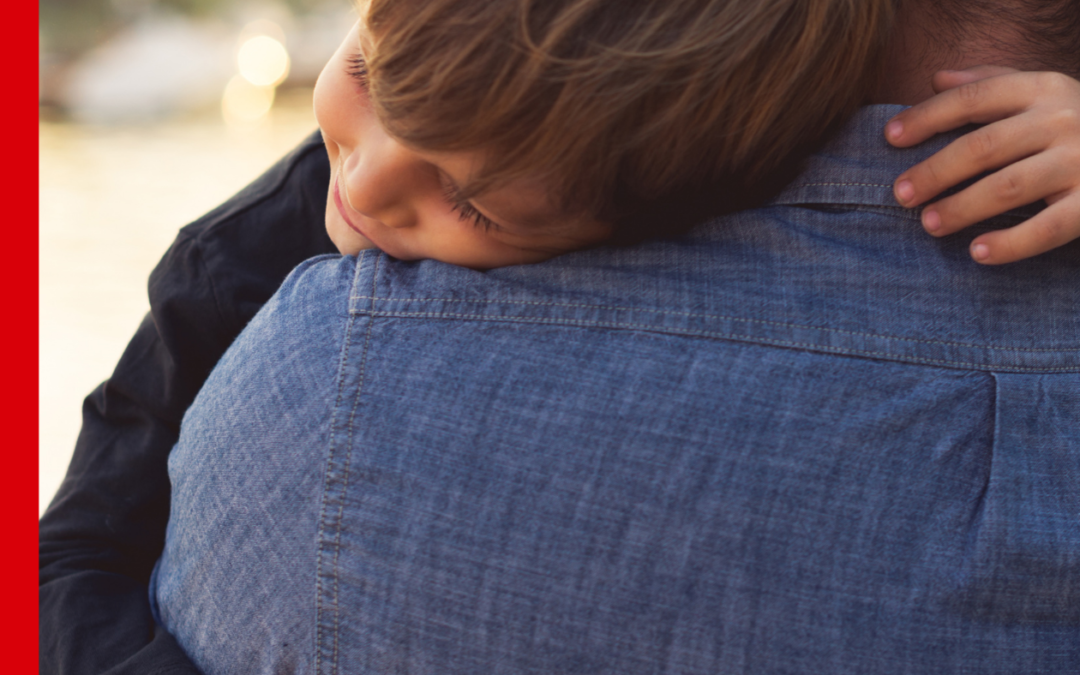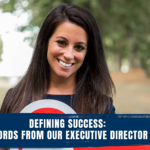For children who have endured abuse or neglect, the journey towards healing often begins with recovery. This initial step paves the way for building resilience. In turn, resilience moves them towards finding safety, security, and strength.
What is RECOVERY?
In simple terms, recovery means “returning to normal.”‘” Unfortunately, for children with unstable families and home lives, “normal” may not be healthy. So recovery does not refer to returning to normal people, places, and things. Instead, it is turning to a place of healthy functioning.How does RECOVERY relate to RESILIENCE?
Recovery, in the context of children who have survived abuse or neglect, refers to the process of reclaiming their well-being after facing distressing circumstances. It serves as the foundation upon which resilience can be built. Just as a young plant needs a nurturing environment to grow strong, children require a safe and supportive space to rebuild their sense of self and trust in the world around them.How can Advocates help with RECOVERY?
One of the many responsibilities of a Court Appointed Special Advocate is to be present with youth during difficult times. Advocates walk along side children and teens as they begin to move past trauma towards building resilience. They offer support in many ways. Specific to resilience and recovery, they:- Create a Safe Space Recovery first begins with an environment that offers safety and security. Children who have experienced abuse or neglect often grapple with feelings of fear, vulnerability, and mistrust. Just by showing up consistently, and offering a caring presence, advocates help children feel protected and valued. Trust gradually emerges as the youth realize that their safety and wellbeing is the advocate’s priority.
- Empower Through Expression Children often lack the vocabulary to articulate their emotions, especially after enduring traumatic experiences. Advocates encourage them to express their thoughts and feelings. This process not only aids in processing emotions, but also offers information that caregivers and the court system need to better understand their needs.
- Tailor the Healing Process Each child’s journey to healing is unique. There is no one-size-fits-all approach. Advocates recognize their individual needs, preferences, and pace. Making recommendations to the court and other child welfare professionals tailors the healing process. Ideally it also helps children regain a sense of control in their lives.








